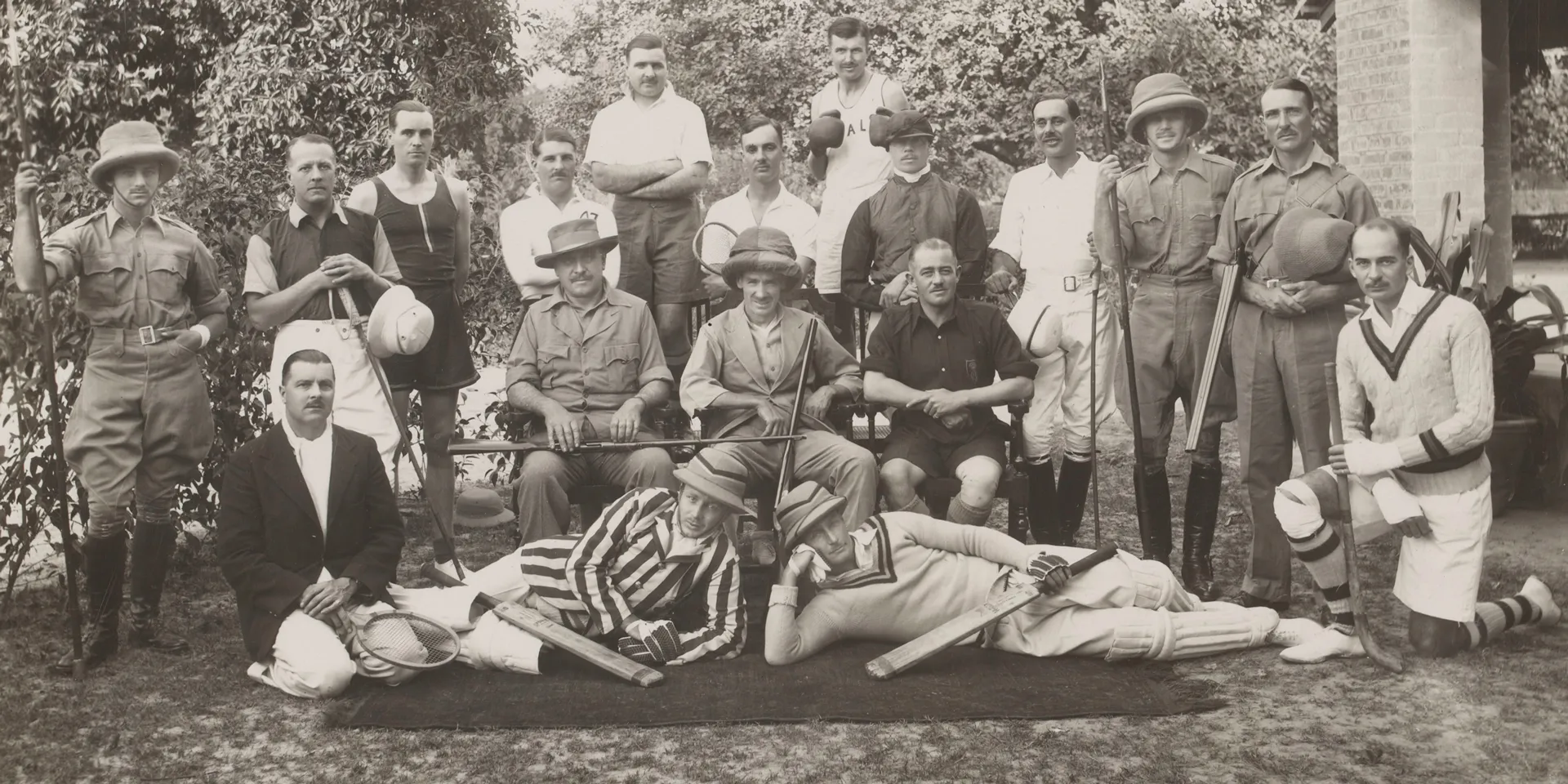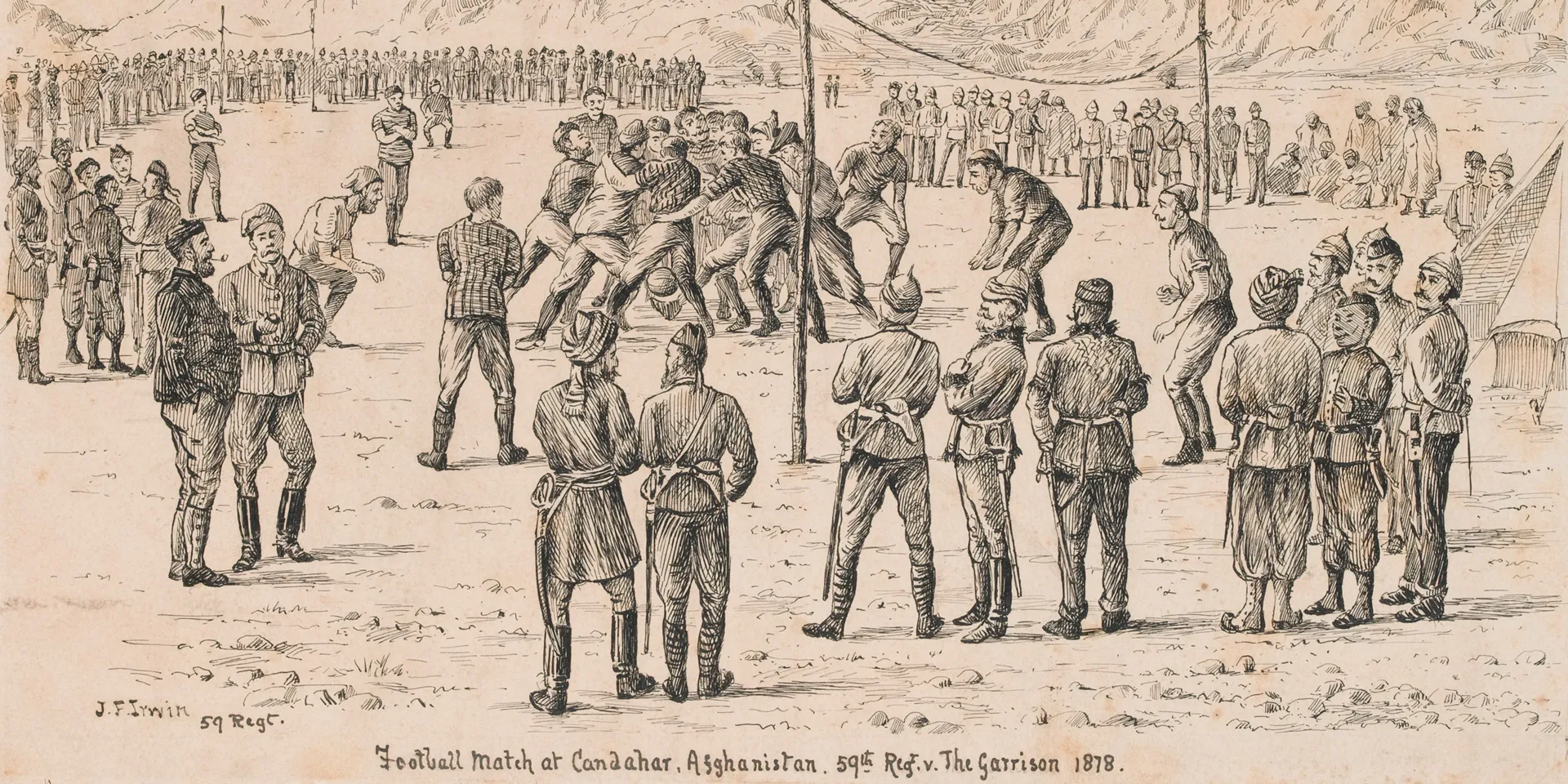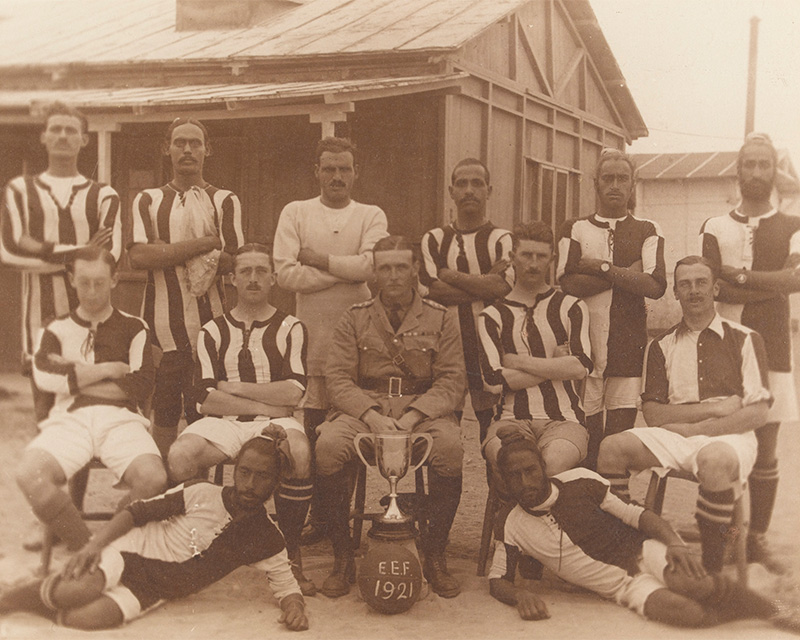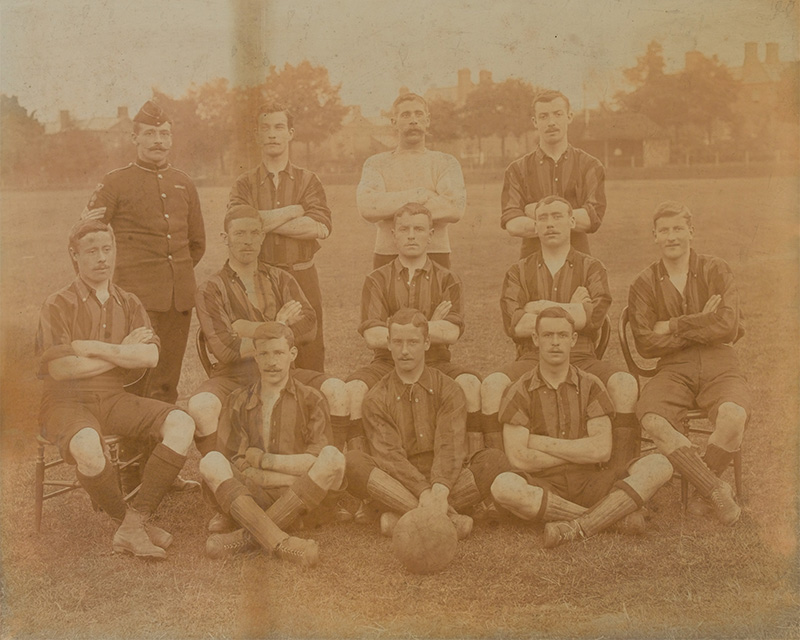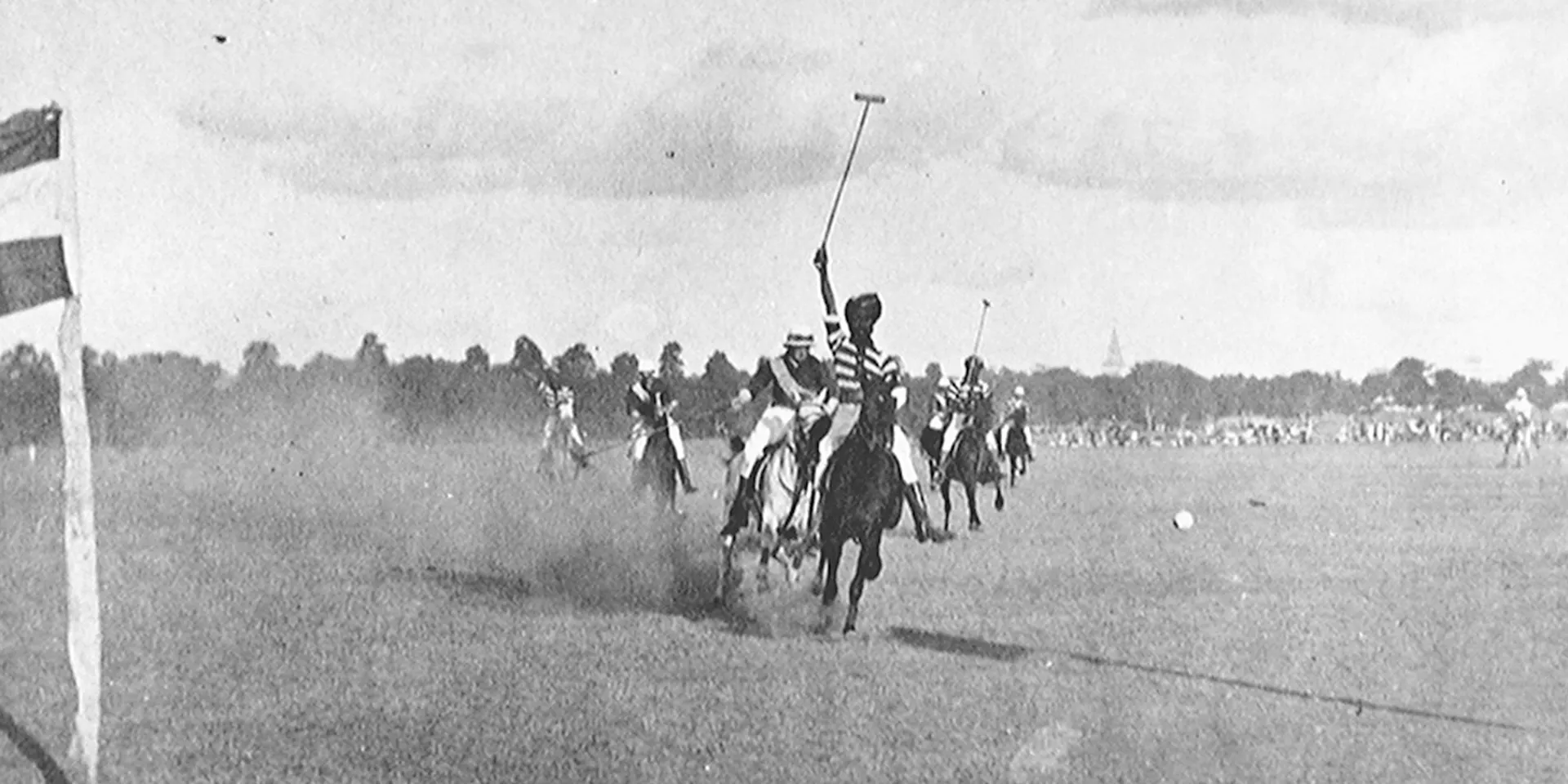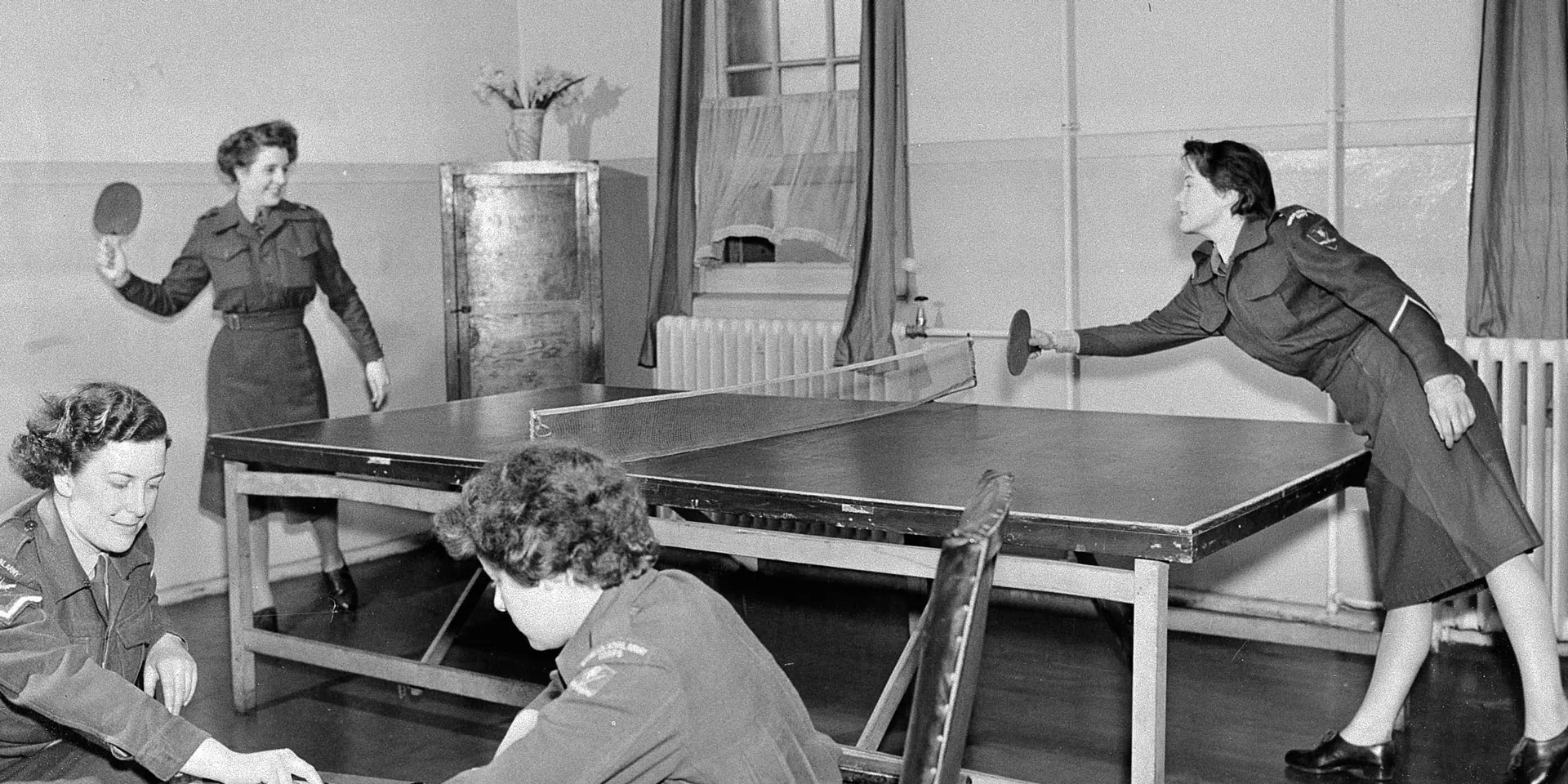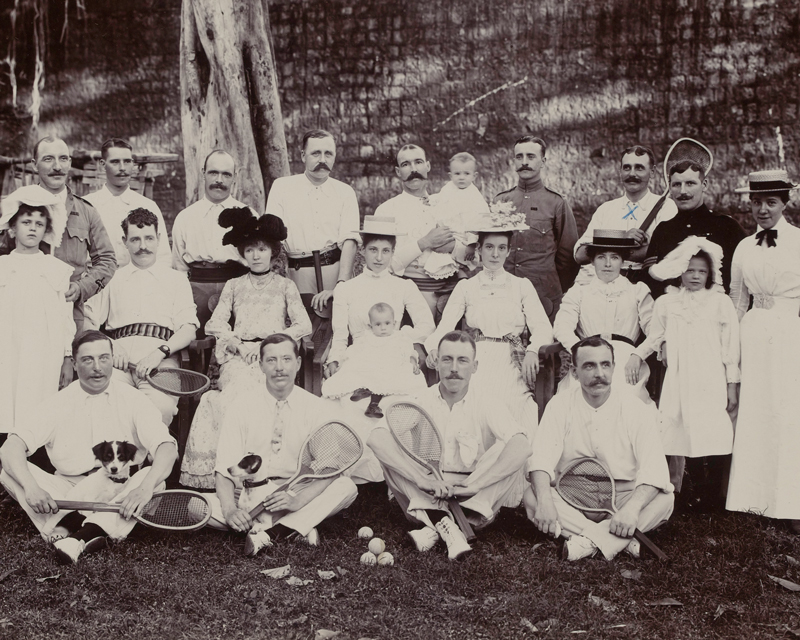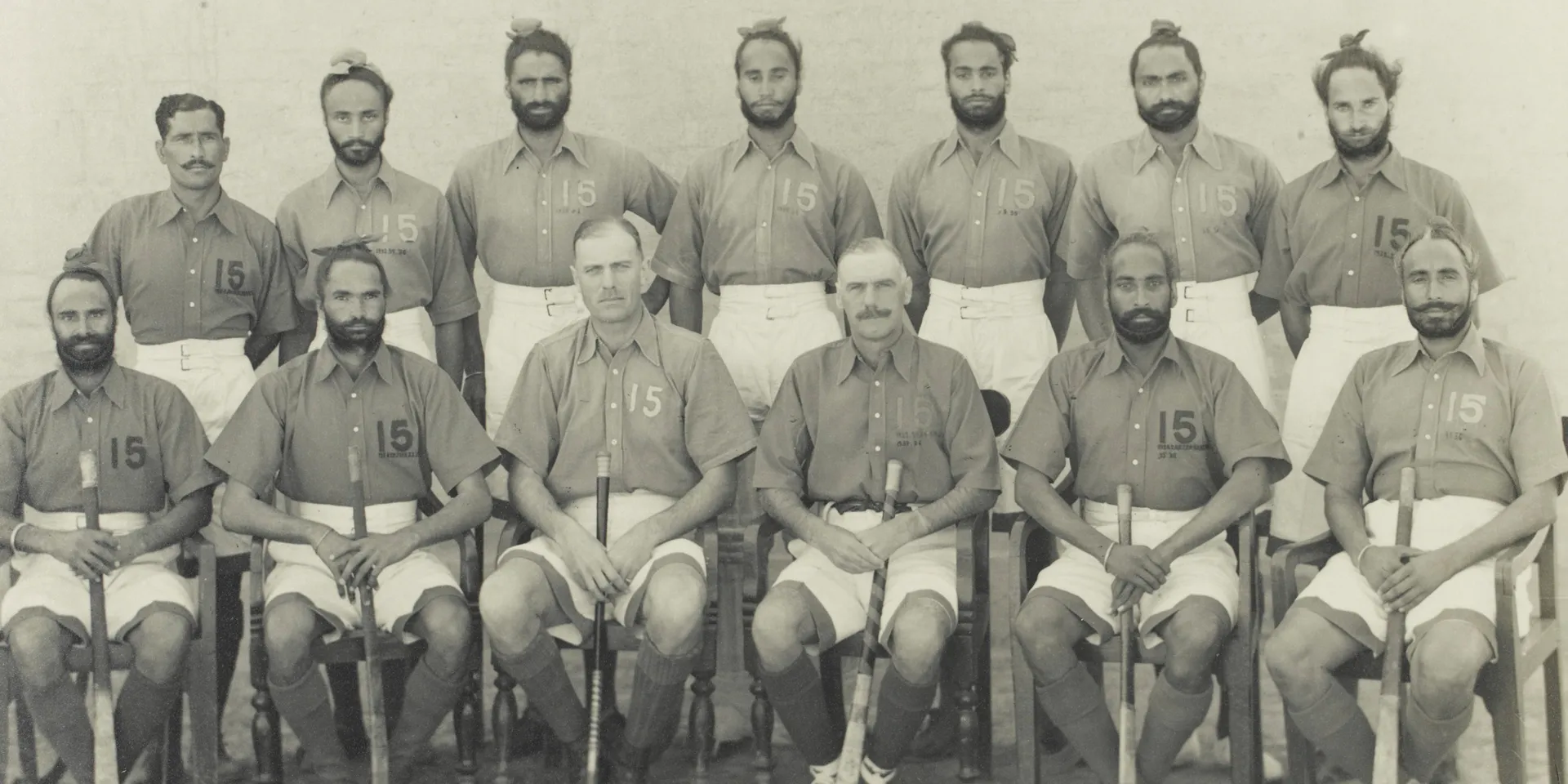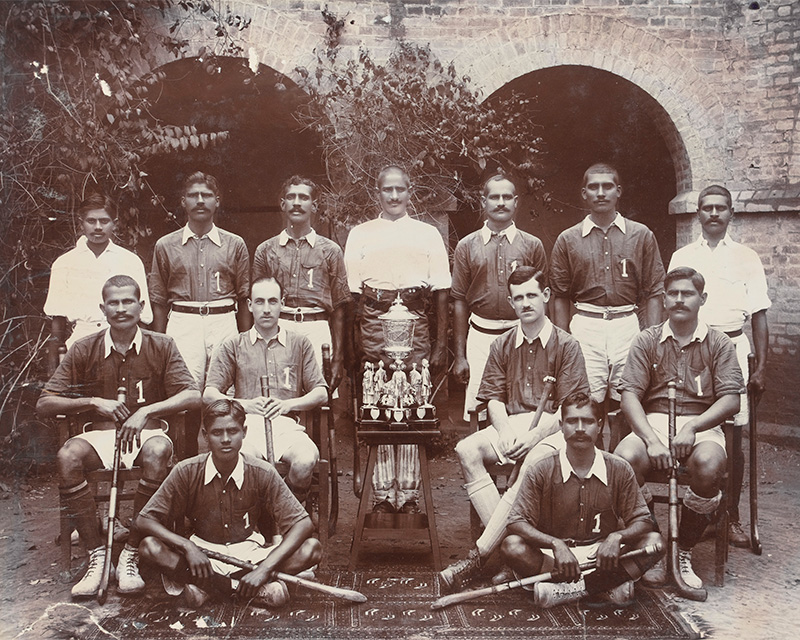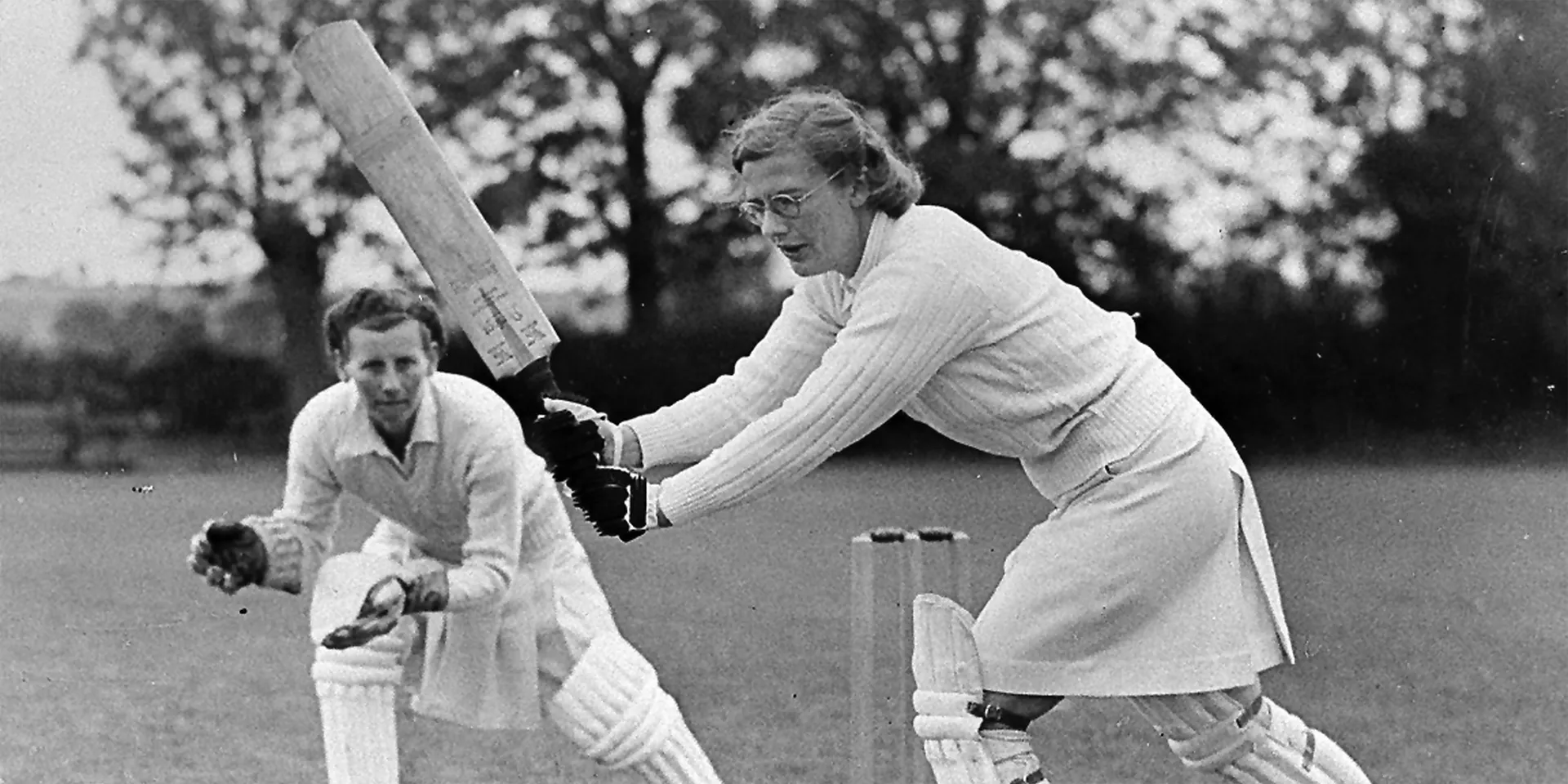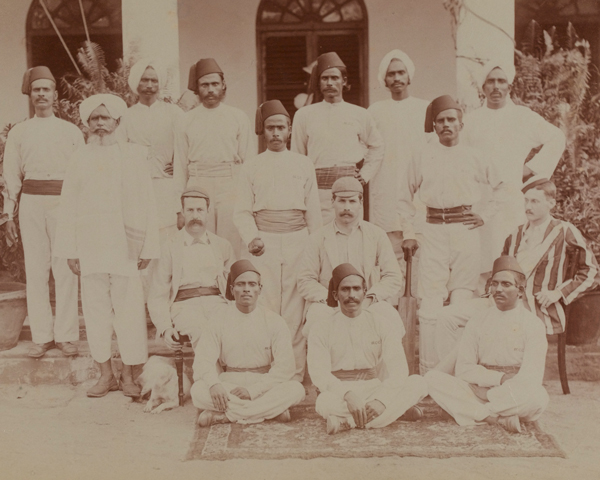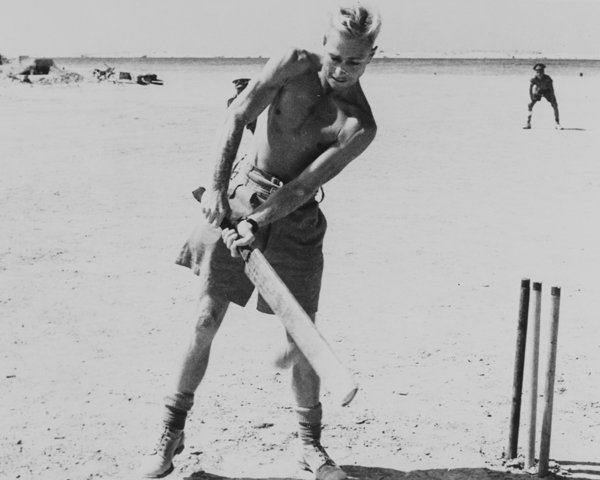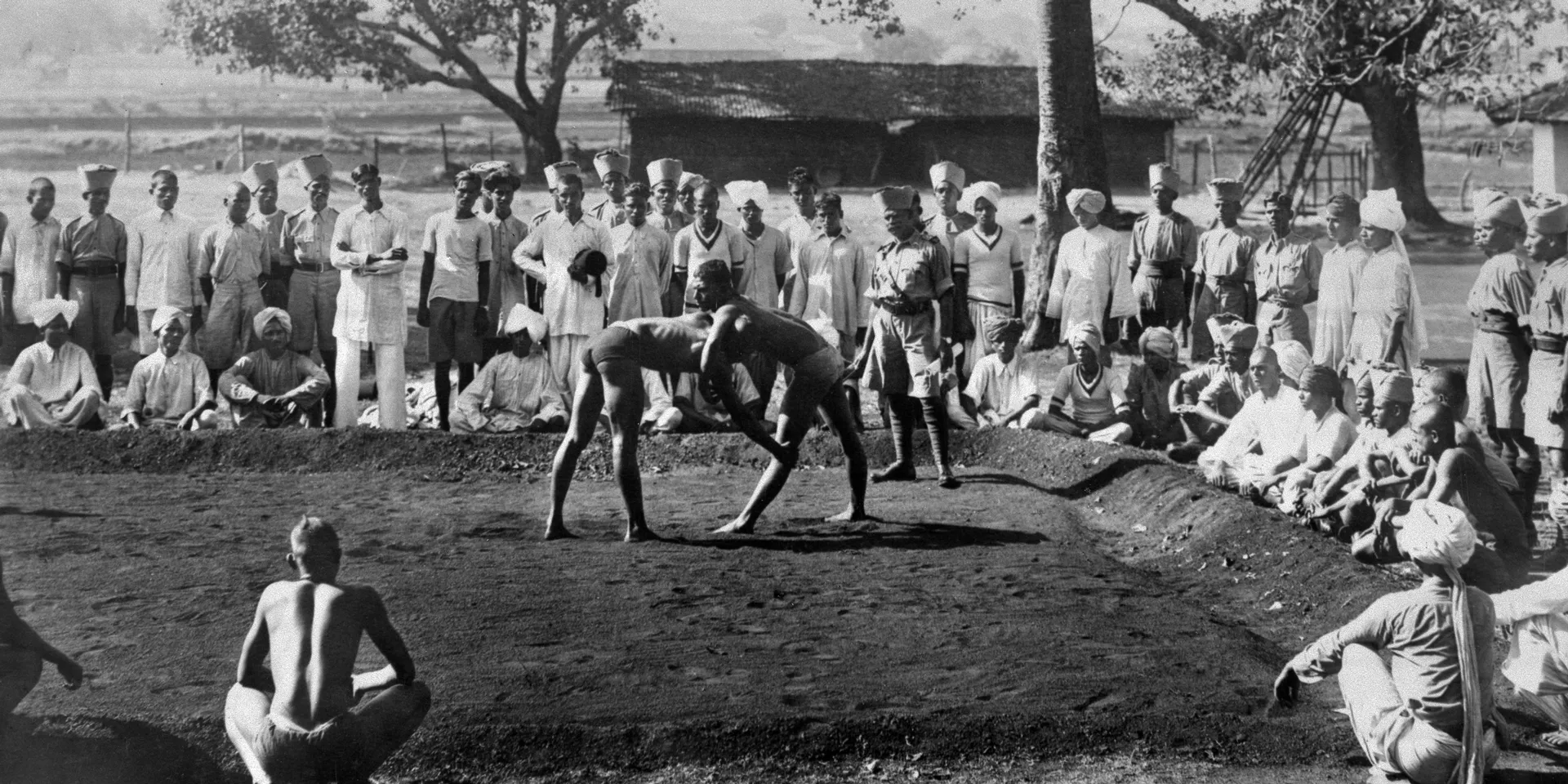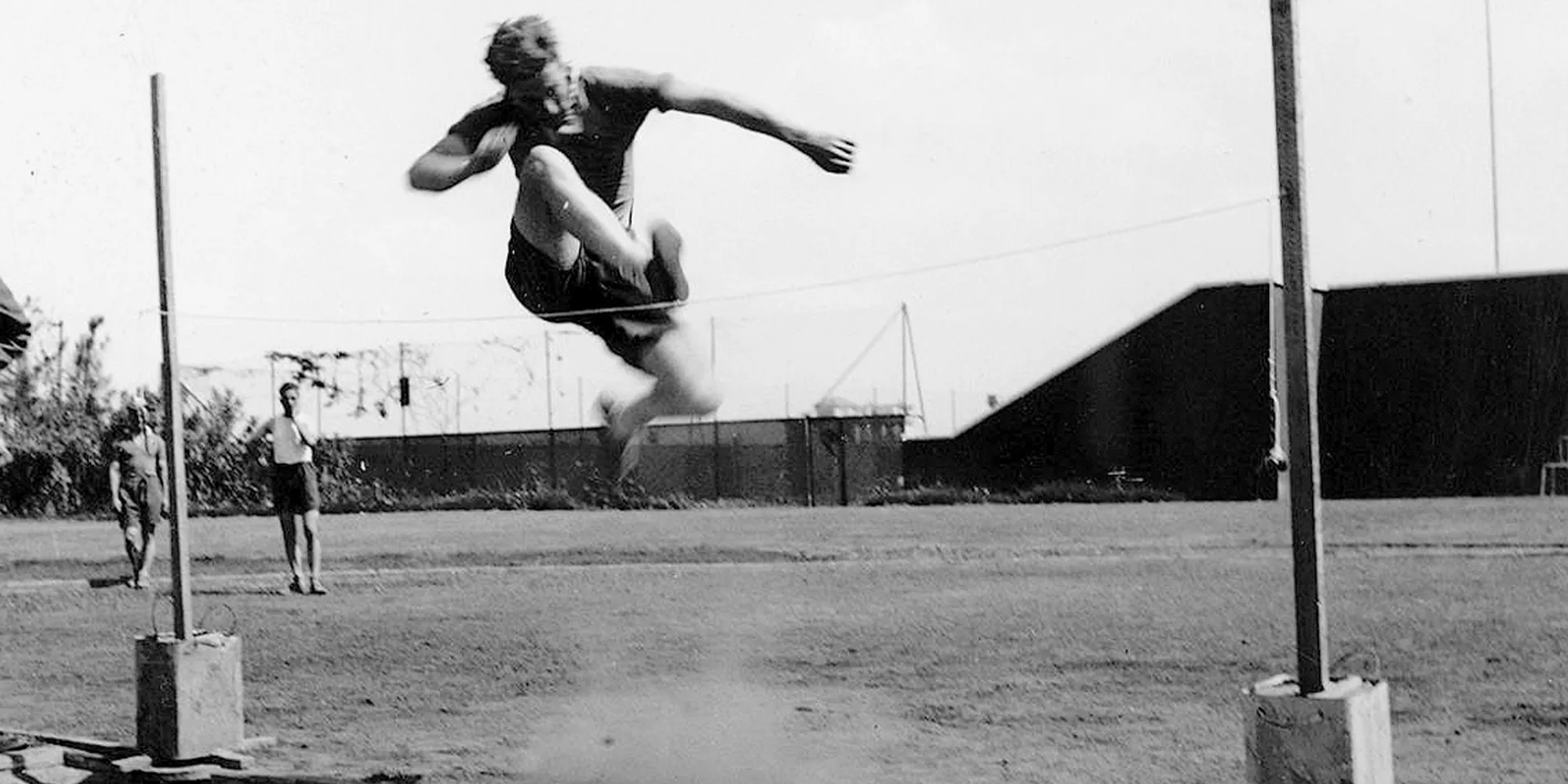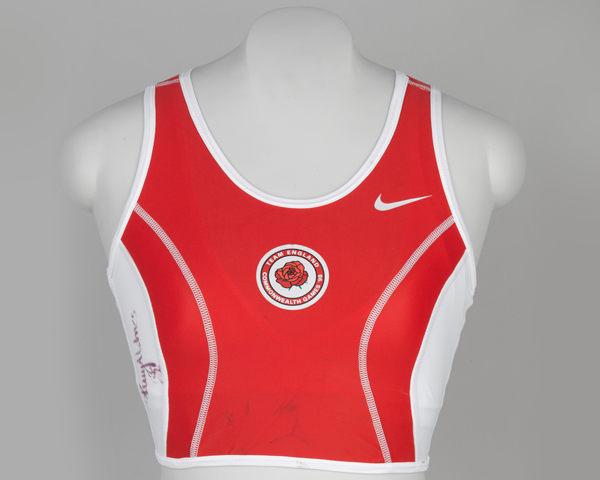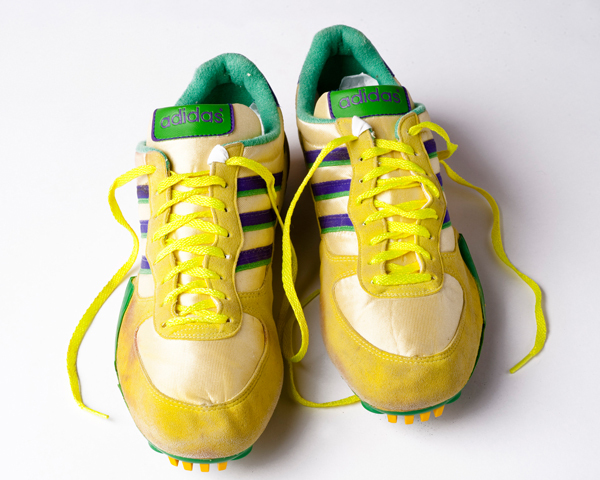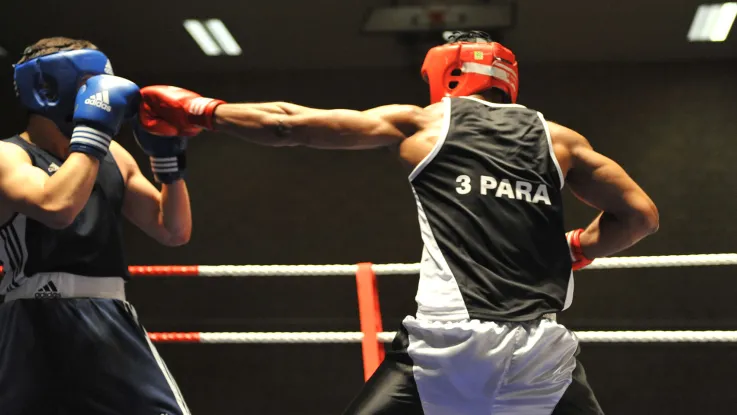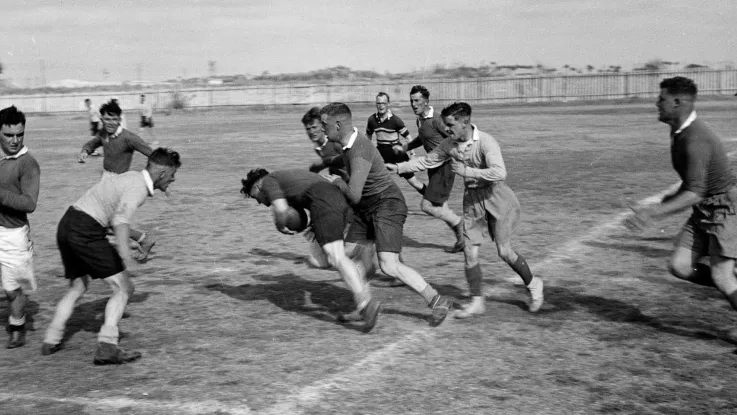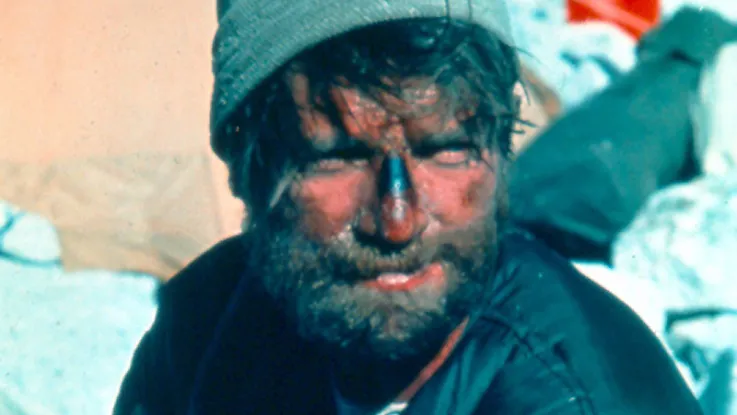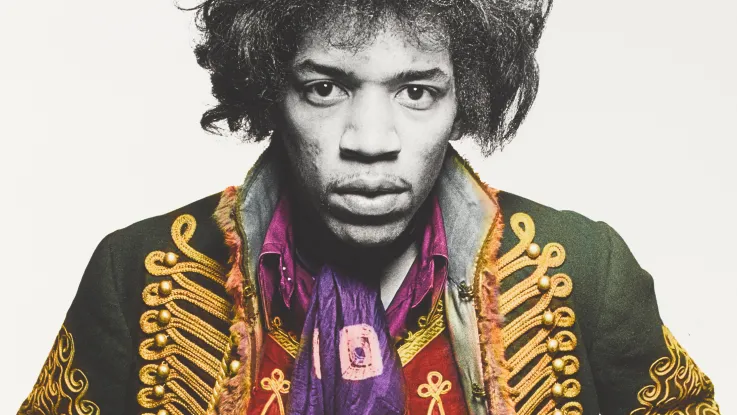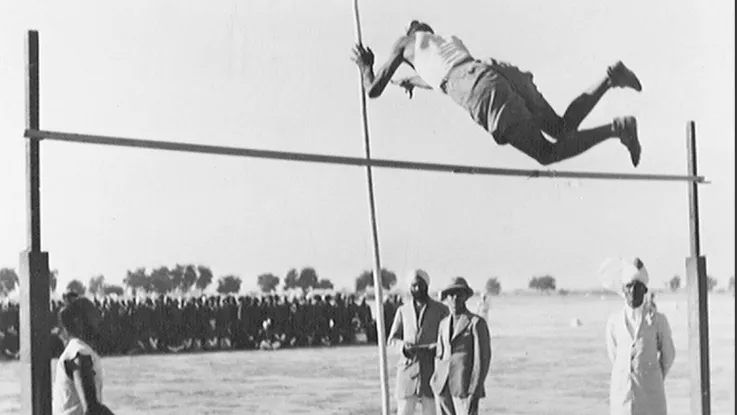Good sports
The sheer range of sports on offer to soldiers during the British Army’s long history is remarkable. Formed in 1918, the Army Sport Control Board (ASCB) is the regulatory body for sports played in the Army. Based in Aldershot, it organises competitions at all levels in 53 different disciplines. In total, the ASCB has 42 affiliated sports unions and associations.
Today, the ASCB organises competitions and sports tours to over 30 countries. These events help cement good relations overseas, building links with local populations and winning ‘hearts and minds’.
In the past, sport has been used to help shape 'native' peoples into British 'models' of manliness and efficiency. But the Army has also taken inspiration from abroad, adopting sports like polo and popularising them back in Britain.
Football
Football is the most popular sport in the world, partly thanks to the Army introducing it across the British Empire.
Football was played at most military bases and cantonments. A note on the back of the 1878 sketch displayed above states: ‘The 59th Regiment played the Kandahar Garrison and beat them. I suppose that this was the first game of football ever played in Afghanistan.'
Matches also took place against local civilian teams and soldiers recruited overseas eagerly took up the sport.
Soldiers even played an important role in the early development of football. They served on Football Association (FA) committees and did much to organise and establish the game we know today.
‘If we are ever so unfortunate as to lose our Empire it is a safe bet that soccer will continue to be played all over the world... in eternal memory of the British soldiers who accidentally brought the game along in their kit-bags.’Private Frank Richards — 1936
Up for the cup
Football has always been the most widely enjoyed game in the British Army. The Army Football Association, a County member of the FA, provides administrative support and promotes the game at all levels.
The Army has several football competitions. The most prestigious of these is the Army Challenge Cup for which all units enter. The cup was first won in 1889 and remains one of the Army’s oldest sporting competitions.
Army teams were also a major force in the early years of English football. Between 1872 and 1878, the Royal Engineers played in four FA Cup Finals at the Kennington Oval. They lost three of these, but beat the Old Etonians 2-0 in 1875 to win the competition.
In 1902, Tottenham Hotspur became the first civilian Football League club to play against a British Army football team.
Polo
Although soldiers played a key role in spreading sports to the furthest reaches of the British Empire, they also discovered local pursuits that immediately appealed to them.
British soldiers first learned to play polo in Manipur, on India's North-East Frontier. Captain Robert Stewart, Superintendent of Cachar, and his assistant, Lieutenant John Sherer, were instrumental in introducing this sport to Europeans in 1859 when they took it to Calcutta.
In later years, its popularity spread across India. It was then brought home to Britain with returning regiments.
‘Contestants rode their ordinary chargers and hockey sticks were used to belt an ordinary billiards ball rather aimlessly from one end of the ground to the other.’Report on the first polo game played in England by the 11th Hussars at Aldershot — 1870
Table tennis
Table tennis developed as an after-dinner pastime in England in the late 19th century. A form of the game was also being played in the early 1880s by British Army officers in India and South Africa.
These officers are said to have used cigar box lids as paddles, rounded wine-bottle corks as balls and books as a makeshift net. Early names for the sport included ‘gossima’, ‘whiff-whaff’ and ‘ping-pong’.
Today, table tennis is one of the most popular sports in the world in terms of player numbers.
Tennis
The British Army had a key role in the emergence of lawn tennis as a sport, too. In 1858 Major Thomas Henry Gem of the 1st Warwickshire Rifle Volunteer Corps marked out the first court on a lawn in Edgbaston.
Several years later Major Walter Wingfield, 1st Dragoon Guards, developed the modern game of tennis. Helped by the invention of a rubber ball that would bounce on grass, Wingfield patented a game on an hourglass-shaped court that he called 'Sphairistike.'
When the All England Club launched the Wimbledon Championships in 1877, they developed a new set of rules but maintained many of Wingfield's innovations. Today, a bust of this military tennis pioneer can be seen at the Wimbledon Lawn Tennis Museum.
Wingfield called his game ‘sphairistike’, but the name didn't catch on. Instead, it became known as ‘lawn tennis’.
Hockey
It was largely due to the Army that hockey spread throughout the British Empire. India in particular proved to be fertile ground for the sport and the first clubs were formed in Calcutta in 1885. The hard, dry grounds of the subcontinent made hockey a faster and more skilful game there than in Britain.
Initially played by the British, it was soon taken up by the Indian Army. At first, Indian regiments took part in competitions against other Indian Army units. But later, after a ban on British and Indian troops competing against each other was lifted, they also played against their British counterparts.
Dhyan Chand was a member of the 4th Battalion, 1st Punjab Regiment. He became one of India's greatest hockey players, winning Olympic gold medals in 1928, 1932 and 1936, when he also captained the team. He remained in the Indian Army throughout, retiring in 1956.
Today, hockey is the national sport of both India and Pakistan.
Cricket
The British introduced cricket to India in the 18th century. Initially, Indians were only spectators to contests played between army and navy units. But by the late 19th century, the sport had acquired popular appeal. Both Hindu and Muslim soldiers took up cricket with enthusiasm.
Like their British counterparts, Indian Army regiments took part in competitions against both Indian and British units stationed on the subcontinent. Today, Pakistan and India are both cricket-mad nations.
Soldiers also helped to establish cricket in Australia. In 1806, a match between two regiments there attracted 2,000 spectators.
In 1851, a piece of land to the south of Victoria Barracks in Sydney was granted to the Army for use as a cricket ground. This area became known as Moore Park. For many years, it was the main location for cricket matches in Sydney.
In 1870, the British left Victoria Barracks and it was taken over by the New South Wales Government. It eventually became the Sydney Cricket Ground.
‘First the hunter, the missionary, and the merchant, next the soldier and the politician, and then the cricketer - that is the history of British colonisation. And of these civilizing influences the last may, perhaps, be said to do least harm. The hunter may exterminate deserving species, the missionary may cause quarrels, the soldier may hector, the politician blunder - but cricket unites, as in India, the rulers and the ruled. It also provides a moral training, an education in pluck, nerve and self-restraint valuable to the character of the ordinary native.’Cecil Headlam, cricketing historian, travelling in India during the Delhi Durbar — 1903
Wrestling
Several well-known wrestlers learned their trade in the Army, including Shirley Crabtree Junior. Better known as ‘Big Daddy’, he served in the Coldstream Guards before becoming a professional wrestler in the 1950s. Crabtree even used the nickname ‘The Battling Guardsman’ in the early part of his career.
Wrestling was also a favourite pastime of the Marathas, many villages having areas set aside for men and boys to engage in the sport. Matches drawing large crowds took place at annual fairs and during holidays. A man was only deemed to be defeated when he was forced onto his back and his shoulders touched the ground. Indian Army instructors used this popular pursuit in their training programmes.
Athletics
The Army Athletics Association controls British Army athletics, including track and field, cross-country and marathon running. It organises regular championships, inter-service events and overseas athletics tours.
Many athletes who have served in the Army have gone on to represent their country at the highest level. These include Lord David Burghley, who was the inspiration behind the character of Lord Andrew Lindsay in the film Chariots of Fire (1981).
Burghley was serving in the Grenadier Guards when he won a gold medal in the 400 metres hurdles at the 1928 Amsterdam Olympics. He later became president of the Amateur Athletics Association, president of the International Amateur Athletics Federation and a member of the International Olympic Committee. He was also chairman of the Organising Committee for the 1948 London Olympics.
Olympic gold medalist Dame Kelly Holmes, initially served as a lorry driver in the Women's Royal Army Corps, and as a physical trainer in the Adjutant General's Corps. For several years, she combined both athletics and a military career until increased funding allowed her to become a full-time athlete in 1997.
After his discharge to the Army Reserve in 1983, Kriss Akabusi embarked upon a successful athletics career as a 400 metres hurdler and member of the 4x400 metres relay team. He won three Olympic medals (in 1984 and 1992) and three World Championship medals (in 1987 and 1991). He went on to become a TV presenter and broadcaster.

